In my last post, I explained why it took me so long to get this blog started. In short, the ongoing genocide happening right now in Gaza led to me shifting the focus of my project. This was easier said than done and involved sending countless emails with varying degrees of success… Until I had a call with the director of the Khirbet Umm al-Ghozlan project. This site in Jordan dates to the Early Bronze Age IV (2600-2000 BCE) and is only about 0.4 ha large. At the moment, it is thought to be a processing centre for olives. Here is a short recap of how that trip went.
Scrambling to travel
It was a Wednesday morning when I (virtually) met with the director of Khirbet Umm al-Ghozlan in northern Jordan. We chatted about the site, our research questions, how we could help each other, and what was needed for a fruitful collaboration. The energy of the call was positive, there was a lot of enthusiasm, and the site was really interesting. Sometimes when you meet somebody, you know it sits right. During the call with the director, I got the feeling he was not only a nice person but also a good researcher. He had concrete publication plans and ideas of what he wanted to be done with the materials from the site. “Do you want to join our study season? We’re leaving for Amman this Sunday!”. After months of struggles, the question seemed surreal, and I was over the moon happy. I was quick to say yes, the main stipulation being that the University of Oxford would have to give me permission to go to Jordan. You see, in the U.K., you have to fill out a risk assessment form which when approved, also gives you travel insurance when going abroad. Usually, it is advised to submit this form about six weeks before travel. So, I knew leaving for Jordan a few days later would be a no-go, but we agreed that I could join a week later, giving me enough time to get forms sped through the administrative process. Thankfully, nobody gave me a hard time processing these forms less than a week before my travel and I was able to prepare for my week-long stay at the American Centre of Research (ACOR).
Selecting samples
I arrived late at night at the Queen Alia International Airport in Amman, where a taxi driver and colleague who had come in an hour earlier were waiting for me. The drive to ACOR was smooth, and I could not wipe the grin off my face: I finally had made it to Jordan and was getting the first samples for my project! Not that I could see much of Amman, it was nighttime so I only had suggestions of what the city would be like in the daylight. Once we arrived, introductions were made, the bottle of whisky I brought was opened, and stories were shared before heading to bed. ACOR was recently renovated, so it feels like you are in a fancy hotel!
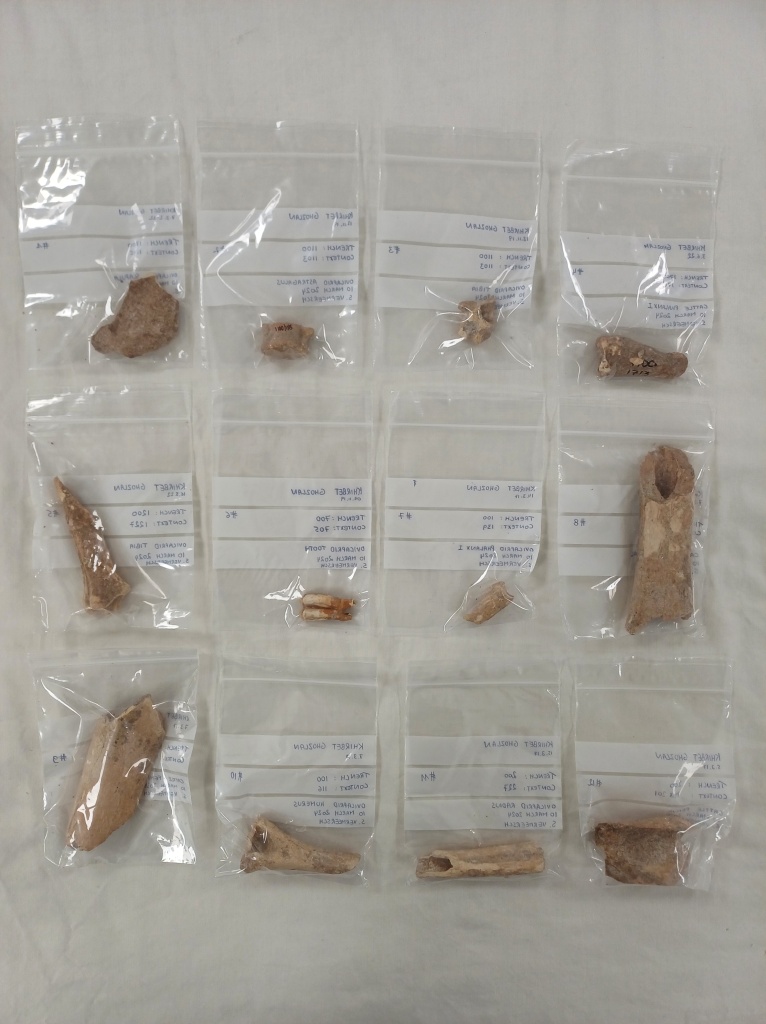
The next days were spent sampling animal bones for stable isotope analysis and getting to know everybody on the team. All the animal bones of the site could fit in two large plastic bags, and they were pretty fragmented. I will explain sampling procedures in a blog post specifically about this topic, but it suffices to know for now that there are certain criteria the bone needs to meet for it to be sample-worthy. In the end, I got eight animal bone samples, one animal tooth sample, and three backup samples. Once the samples were selected, their contexts were double-checked with the site director. A context is important for any kind of archaeological material, because it tells you whether it is a surface find, comes from a mixed layer (a layer where you can find material from several periods), or a secure context (a layer that can be reliably attributed to one period). Now I had a bag of 12 samples, labelled with their context information and packed for transport. The final step was to fill out administrative forms for the Department of Antiquities from Jordan to request an export permit to ship these samples to Oxford.
Experiencing Jordan
Apart from sampling, a highlight of my weeklong stay in Jordan was the field trip to see the site. Besides visiting Khirbet Umm al-Ghozlan, we also went to see Khirbet es-Salah, Pella, and Tell al-Husn which are in the neighbourhood. Visiting a site you are working on is always a special experience. Many years ago, during the PhD defence of a colleague, the question was asked whether visiting the site has any benefits if you’re working on its material culture. I would wholeheartedly say yes. Even more so, if you visit the site with colleagues who work on the site’s other materials. The most obvious advantage is that you get a visual idea of the space and the orientation of its rooms, structures, and environment. Adding to this is the expertise you get from talking to the geologist, director, excavators, etc. People who can tell you how things got excavated, what they noticed in the soil, and the stories the local population shared. During our time in Pella, we saw how shepherds were tending to their flocks. As someone who studies animal-human relationships, this was a delight to see! The bells of the sheep and goats could be heard everywhere we went, and since we left at twilight, we could see the mass departure to the shepherds and flocks’ home. Apart from this field trip, I also got to visit the Citadel of Amman and walk the famous Rainbow Street!
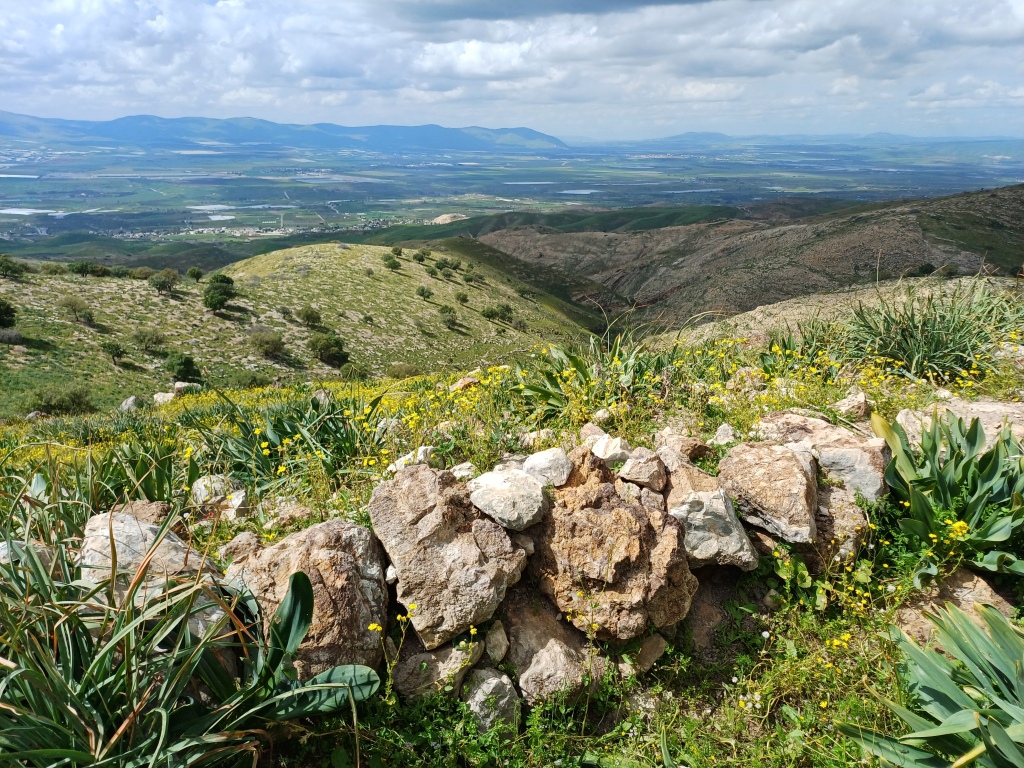

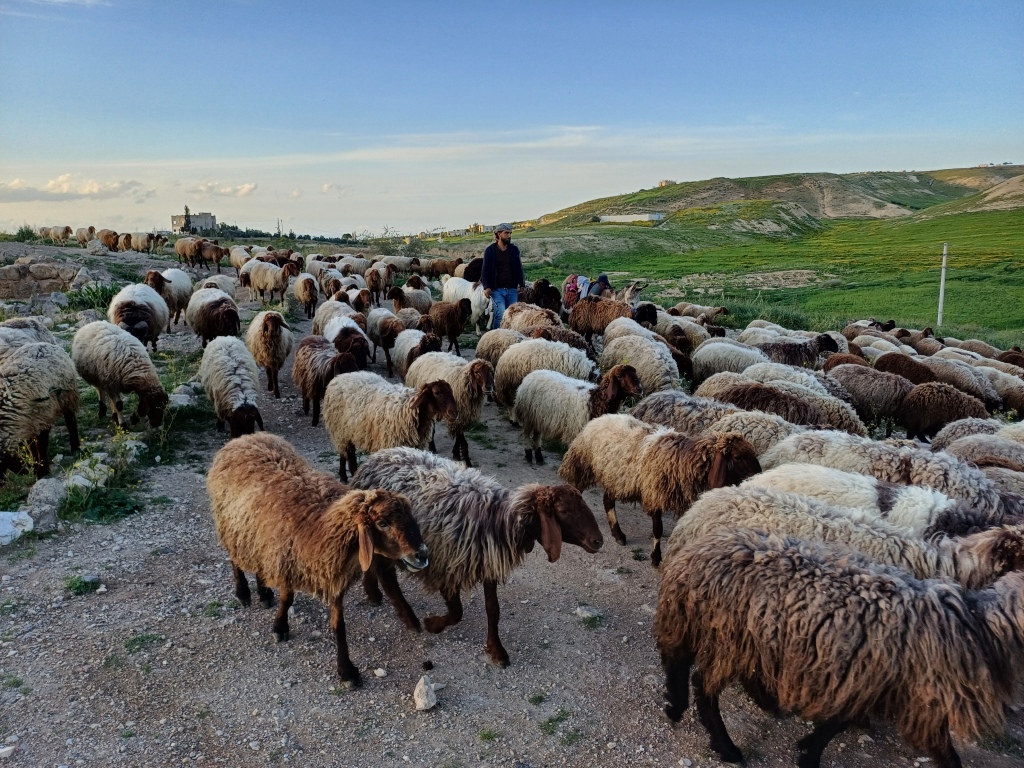
Next steps
Since my trip to Jordan in March, the samples have arrived in Oxford. I will be pre-treating and analysing them for stable isotope analysis in July. Expect a blog post around that time explaining more about this method. My next trip to Jordan is already scheduled: I will be heading to Amman for a month in late August to work on several other sites and hopefully gain more samples for my project!
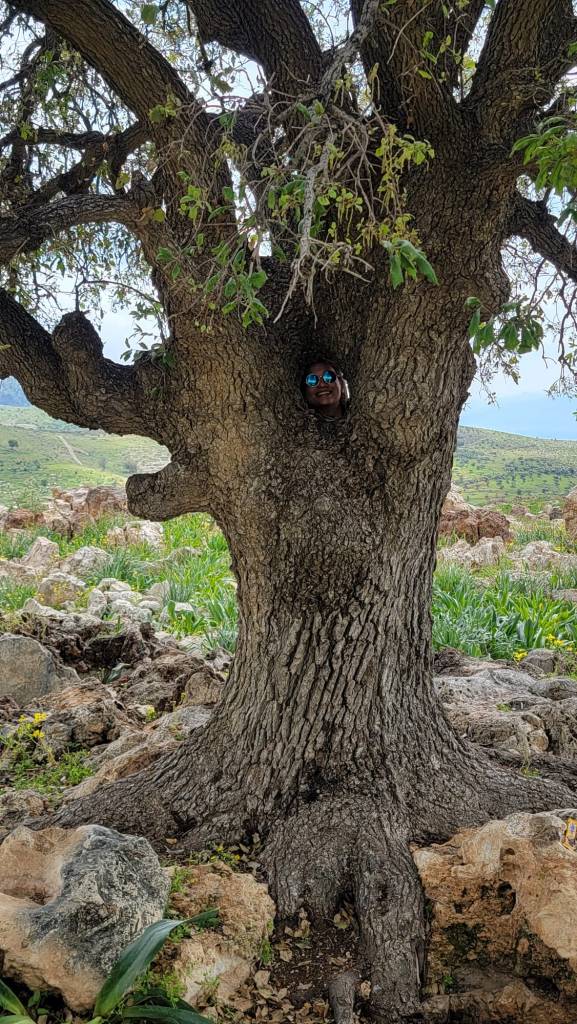
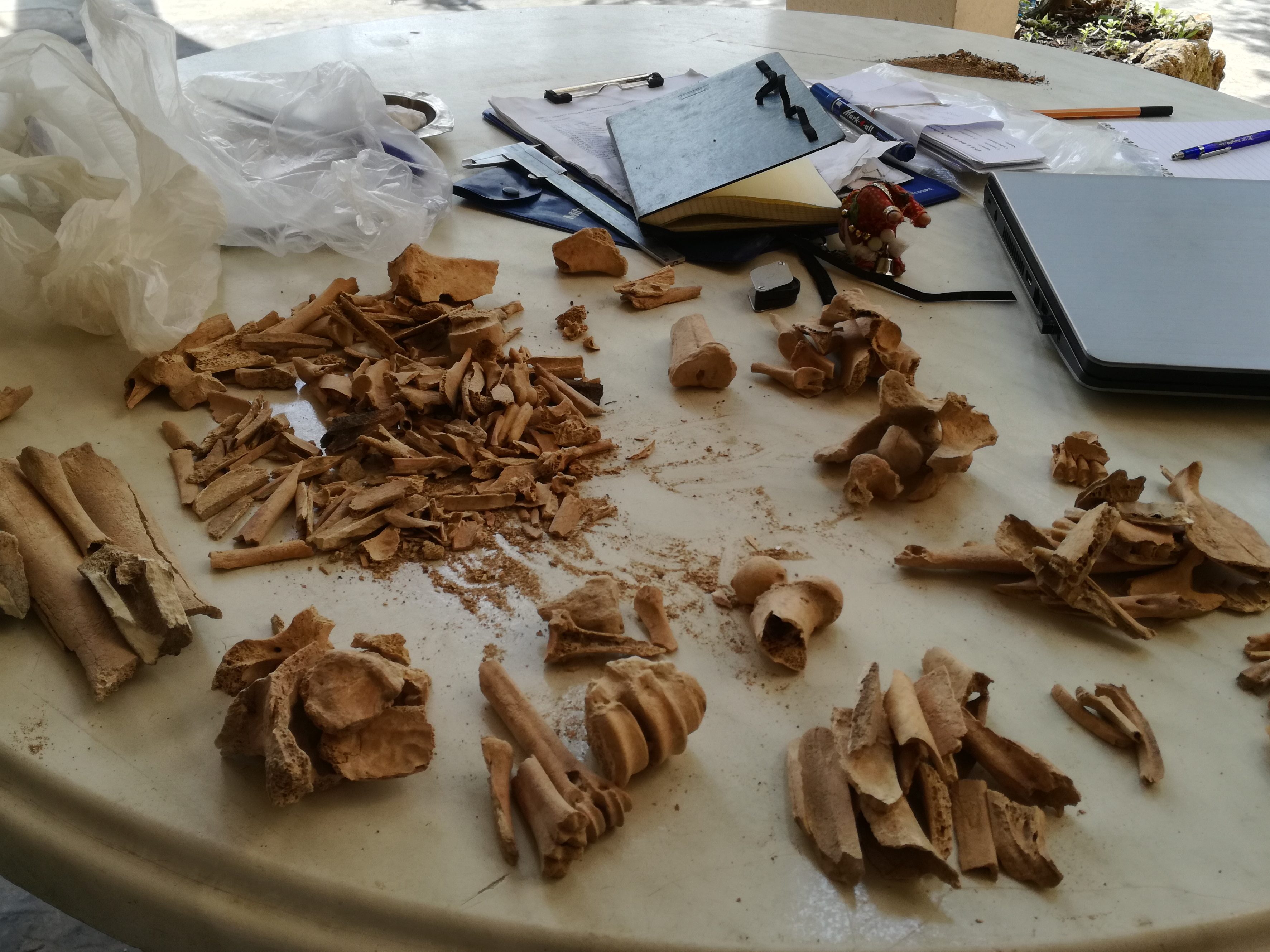
Leave a comment